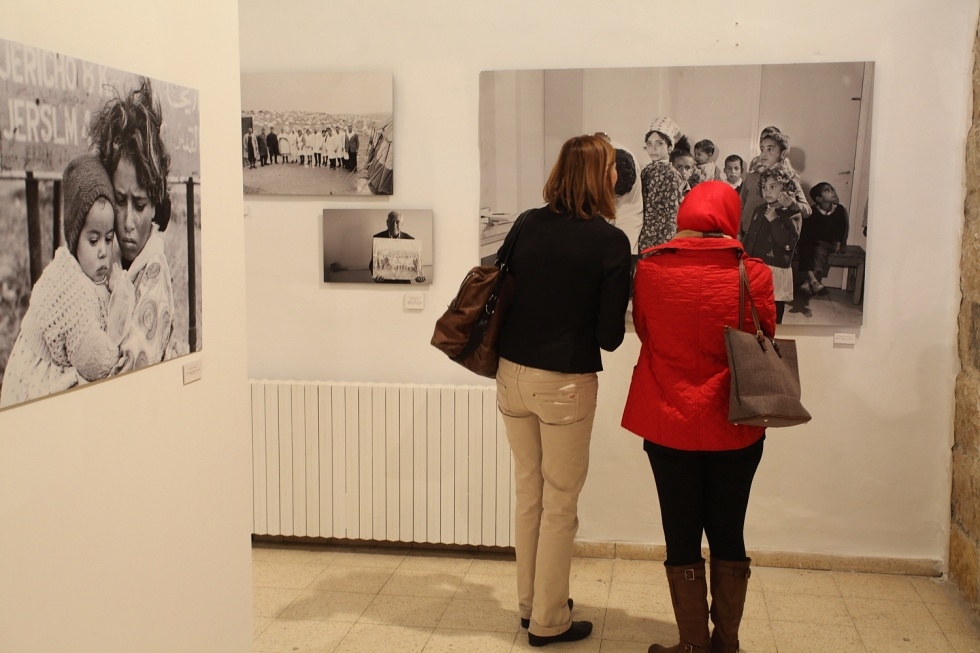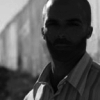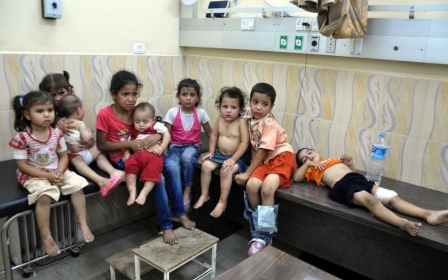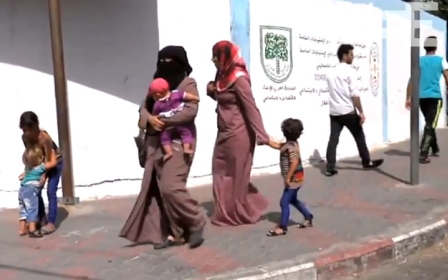'The Long Journey' - The significance of UNRWA's audiovisual archive

The audience who turned up at the al-Bireh Cultural Centre to see the launch of the United Nations Relief and Works Agency (UNRWA) exhibition The Long Journey had a familiar Ramallah feel to it. The percentage of non-Palestinians in attendance was relatively high and the percentage of “representatives” - UNRWA staff, consulate staff, PA representatives and NGO staff - was even higher.
Such events are easy to dismiss as elitist and detached from the will of the masses. A critique of that nature would not have felt out of place in al-Bireh on Thursday 21 January at the exhibition launch, yet a deeper understanding of the significance of the project for once reveals an internationally funded project of deep national, cultural and also political significance.
UNRWA began its mandate in 1950 "to carry out direct relief and works programmes for Palestine refugees” following the Nakba (catastrophe) - the period between 1947-49 in which an estimated 750,000 indigenous Palestinians were displaced either by force or the threat of it by Zionist militias and later official instruments of the newly founded state of Israel.
Throughout is long history, UNRWA has documented the lives and stories of Palestinian refugees through photography and film. This incredible audiovisual archive of refugee life contains more than 430,000 negatives, 10,000 prints, 85,000 slides, 75 films and 730 videocassettes. Included in the archive are also photographs taken by Red Cross staff before UNRWA began its work that document the early phases of forced displacement. The historical significance of this archive was recognised by UNESCO in 2009 when it was inscribed in its Memory of the World list.
A daunting undertaking
Since 2012 UNRWA has been undertaking the daunting project of digitising this entire archive, a process that is expected to finish later this year. The Long Journey exhibition that is currently on show in al-Bireh is a sample of the first stage of this digitisation and archiving project. Around 1,900 images are already available online. The enormity of such a project is staggering, yet the importance of this archive culturally, historically and politically must not be underestimated.
Palestinian archives take on extra significance given the fragmented nature of the Palestinian people. For Palestinians who are today dispersed to all corners of the globe, and with so many today barred from even visiting their historic lands, the collective nature of national archives can in some ways be unifying tools; collections that can tie together various pieces of a dislocated jigsaw whose sum total has been suppressed and denied by Israel for so long.
Historically, UNRWA's audiovisual archive is evidence of well-documented although still refuted historical facts. As Palestinian member of the Israeli Knesset Haneen Zoabi said in her denouncement of Israel’s “Nakba Law” which banned the marking of “Nakba Day” by institutions inside Israel, "The Nakba is a historic fact not a [political] position..." The Zionist dictum of “a land without people for a people without land” quickly falls apart when looking at images of the original mass forced displacement.
Israel has always been acutely aware of the danger posed by Palestinian national archives to its propaganda machine. This perceived threat has led Israel on several occasions to confiscate or destroy highly significant archives and, in some cases, even to convert them into its own collections. During the initial phase of Nakba, the Haganah militia implemented a project which was later handed over to the Israeli army after May 1948 to confiscate notable Palestinian libraries such as the collection of Khalil Sakakini as documented in the film The Great Book Robbery. More than 30,000 books were looted during this operation and many of them can now be found on the shelves of major Israeli libraries marked with the initials AP - Abandoned Property.
Looting of the archive
Israel's invasion of Lebanon in 1982 included the systematic looting of the PLO's national archive in Beirut during which more than 25,000 photographs, books, manuscripts and audio recordings were stolen by the Israeli military. Similarly, when Israel closed down the PLO's Jerusalem base - Orient House - in 2001, its forces left with their arms ladened with a significant portion of the library's archive materials including the photographic collection of the Arabic Studies Society and documents relating to the 1991 Madrid Peace Conference. In the light of these significant confiscations of important historical and cultural artefacts, the protection of remaining archives takes on an extra significance.
In a political context and despite its practical omission from real work within the misleadingly titled “peace process”, the refugee issue and the story of ongoing displacement lies at the heart of the Palestinian struggle for justice and inalienable rights.
UNRWA counts around 5 million Palestinian refugees on its official register, yet according to BADIL Resource Centre for Refugee Rights approximately 7.8 million Palestinians are today living in enforced displacement. Various groups of displaced Palestinians are not included in UNRWA statistics. There are an estimated 1.5 million who simply were not registered during the original Nakba years for various reasons, and neither “internally displaced people” nor refugees from 1967 are classified within the agency’s figures as “refugees”.
These figures acknowledge the fact that the majority of the Palestinian people are displaced people. Therefore, any “solution” that does not address their rights in accordance with principles of international law cannot be considered to represent the rights of the Palestinian people collectively. Given its size and scope, UNRWA's archive is almost undoubtedly the single most important audiovisual archive in existence that documents this issue that lies at the heart of the Palestinian story.
Reigniting understanding
The Long Journey exhibition is concurrently been shown in Sao Paulo, Brazil. It has already been shown in Jerusalem, Dubai, Turin, Rome and New York and many more international exhibitions are planned. The enormous UNRWA project to digitise its full archive and make it available online continues. If contextualised clearly, this archive has the potential to play a role in reigniting the understanding of core issues in Palestine’s struggle. Solidarity work around the world must be rooted around the fundamental issue of Palestinian displacement and exile, for it is from this original and ongoing injustice that all other issues - colonisation, occupation, prisoners, Jerusalem - flow.
Speaking at the launch, UNRWA Commissioner-General Pierre Krähenbühl described what he sees in the images: “You can see enduring and unresolved pain... These photos remind people around the world of the unresolved injustice and the necessity to find a just resolution to their plight.”
The “just resolution” that Krähenbühl described however, does not need to be “found” - as it exists and has done so since before UNRWA itself was established. A year before the United Nations General Assembly resolution that established UNRWA was passed, another UNGA resolution with even greater significance to Palestinian refugees was inscribed. UN resolution 194 resolves that, “refugees wishing to return to their homes and live at peace with their neighbours should be permitted to do so at the earliest practicable date, and that compensation should be paid for the property of those choosing not to return...”
The “right of return” is also inscribed in various other instruments of international law.
The issue today that sustains Israel's settler-colonial project is not the search for a solution to Palestine's struggle for freedom and justice, rather it is finding the will within the international community to implement it.
- Rich Wiles is an award-winning photographic artist, author and film-maker who has been based in Palestine for more than 10 years. His latest book is Generation Palestine: Voices from the Boycott, Divestment and Sanctions Movement (Pluto, 2013). www.richwiles.com
The views expressed in this article belong to the author and do not necessarily reflect the editorial policy of Middle East Eye.
Photo: Visitors at the al-Bireh Cultural Centre in Ramallah come to the launch of the United Nations Relief and Works Agency (UNRWA) exhibition The Long Journey (Rich Wiles)
New MEE newsletter: Jerusalem Dispatch
Sign up to get the latest insights and analysis on Israel-Palestine, alongside Turkey Unpacked and other MEE newsletters
Middle East Eye delivers independent and unrivalled coverage and analysis of the Middle East, North Africa and beyond. To learn more about republishing this content and the associated fees, please fill out this form. More about MEE can be found here.





